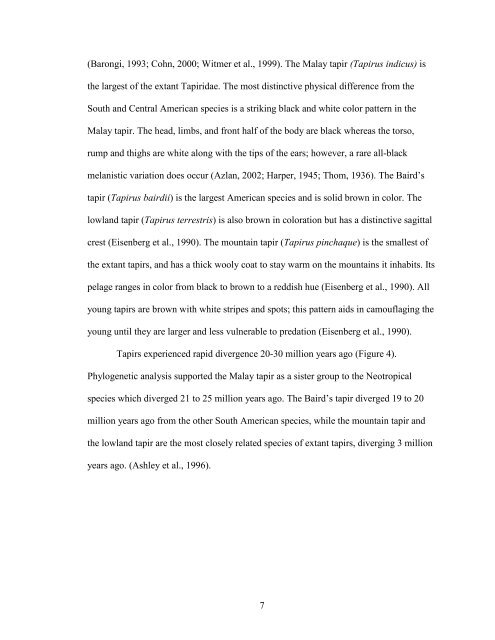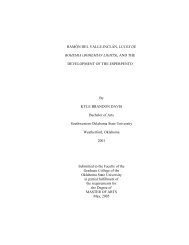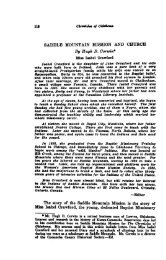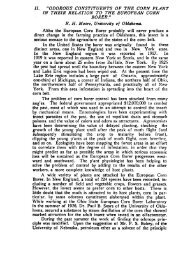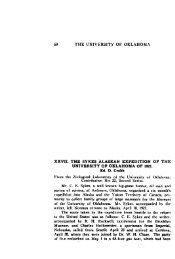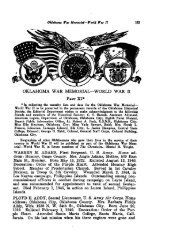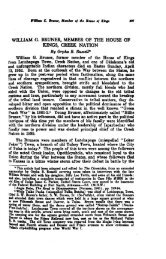tapir behavior- an examination of activity patterns, mother young ...
tapir behavior- an examination of activity patterns, mother young ...
tapir behavior- an examination of activity patterns, mother young ...
You also want an ePaper? Increase the reach of your titles
YUMPU automatically turns print PDFs into web optimized ePapers that Google loves.
(Barongi, 1993; Cohn, 2000; Witmer et al., 1999). The Malay <strong>tapir</strong> (Tapirus indicus) is<br />
the largest <strong>of</strong> the ext<strong>an</strong>t Tapiridae. The most distinctive physical difference from the<br />
South <strong>an</strong>d Central Americ<strong>an</strong> species is a striking black <strong>an</strong>d white color pattern in the<br />
Malay <strong>tapir</strong>. The head, limbs, <strong>an</strong>d front half <strong>of</strong> the body are black whereas the torso,<br />
rump <strong>an</strong>d thighs are white along with the tips <strong>of</strong> the ears; however, a rare all-black<br />
mel<strong>an</strong>istic variation does occur (Azl<strong>an</strong>, 2002; Harper, 1945; Thom, 1936). The Baird’s<br />
<strong>tapir</strong> (Tapirus bairdii) is the largest Americ<strong>an</strong> species <strong>an</strong>d is solid brown in color. The<br />
lowl<strong>an</strong>d <strong>tapir</strong> (Tapirus terrestris) is also brown in coloration but has a distinctive sagittal<br />
crest (Eisenberg et al., 1990). The mountain <strong>tapir</strong> (Tapirus pinchaque) is the smallest <strong>of</strong><br />
the ext<strong>an</strong>t <strong>tapir</strong>s, <strong>an</strong>d has a thick wooly coat to stay warm on the mountains it inhabits. Its<br />
pelage r<strong>an</strong>ges in color from black to brown to a reddish hue (Eisenberg et al., 1990). All<br />
<strong>young</strong> <strong>tapir</strong>s are brown with white stripes <strong>an</strong>d spots; this pattern aids in camouflaging the<br />
<strong>young</strong> until they are larger <strong>an</strong>d less vulnerable to predation (Eisenberg et al., 1990).<br />
Tapirs experienced rapid divergence 20-30 million years ago (Figure 4).<br />
Phylogenetic <strong>an</strong>alysis supported the Malay <strong>tapir</strong> as a sister group to the Neotropical<br />
species which diverged 21 to 25 million years ago. The Baird’s <strong>tapir</strong> diverged 19 to 20<br />
million years ago from the other South Americ<strong>an</strong> species, while the mountain <strong>tapir</strong> <strong>an</strong>d<br />
the lowl<strong>an</strong>d <strong>tapir</strong> are the most closely related species <strong>of</strong> ext<strong>an</strong>t <strong>tapir</strong>s, diverging 3 million<br />
years ago. (Ashley et al., 1996).<br />
7


